Inventory Optimisation Dashboard
Inventory Optimisation Dashboard
The right product at the right time will improve customer satisfaction and will enhance your profitability and cash flow.
Inventory sits at the heart of all supply chain issues. High inventory levels hide a host of management evils. Inappropriate inventory levels are the strongest internal indicator of a poorly informed or poorly managed supply chain. For this reason, it is critical that all managers associated with any element of the supply chain make frequent use of this dashboard.
Typically the most significant drivers of inventory levels are not associated directly with inventory management, but rather with:
- Poor business planning
- Revenue / Demand Forecasting is absent, high level, or not done scientifically or collaboratively
- Supply planning is done on the back of a cigarette box
- Operations measured on efficiencies and not plan adherence
- Poor warehouse and logistics management
This Dashboard is intended to assist the management team to assess whether the levels of inventory are optimised and to help identify possible inventory problems.
This dashboard includes the following:
Stock Accuracy
From an inventory management point of view, the most critical issue is stock accuracy. Why:
- Planning can be done more accurately
- Promised delivery dates to customers can be more predictable
- Procurement needs this information to assess the volume of items to be ordered to keep the right levels of safety without over stocking
- More efficient warehouse management e.g. easier to find stock, better stock rotation etc. which drives down holding costs
- Good governance and reduces loss and theft.
This section of the dashboard includes:
- Number of Stock Takes
- Value of Items Counted
- Value of Discrepancies
- Absolute Value of Adjustments
- % of items in correct location
Balances
The dashboard shows balances as at today but also shows the trend of balances at daily, weekly and monthly levels.
It also allows mangers to go back to see what the balances were at a point in time at an SKU and at an aggregated level.
It’s important to aggregate the balances by:
- Inventory Group/ Class
- Type
- Warehouse
- Region
- Customer Specific Items
JIT Waste Index
The JIT waste index is calculated as (A – B) where:
- A = Average weekly Balance
- B = Average consumption of the inventory (through sales, transfers or issues to production)
The waste index shows the excessive inventory on hand and over time. It quantifies the value of excessive inventory at any point in time. Using 80/20 principles, it becomes quite easy to optimise the inventory by focussing on the wasteful item
Movements
The dashboard shows you the movement in inventory between any two points in time.
This is extremely useful for reconciling balances and can also be viewed in grid format.

Download our free
KPI Spreadsheet
categorized
by job, department or process
Contact Us
Thank you!
You can find your free KPI Spreadsheet here.
We hope you find it useful.
Most people who download the KPI spreadsheet are looking for ideas to choose the right key performance indicators.
Choosing the right KPIs and selecting the night targets to go with them can be tricky and requires diligence and dedication.
There are millions of things that could be measured. You can only manage what you measure.
So if you measure the wrong things you will manage the wrong things and not get the results you're looking for.
For more information on how to effectively implement these KPIs in your business, please contact us.
Regards
KPI Management Solutions
roger@kpims.co.uk
Please try again later.
We'll never share any of your information with anyone.
GET IN TOUCH
Call: +27 82 809 5423
Email: roger@kpims.co.za
Location: Wildfig Business Park, Block 7 Unit 54, 1494 Cranberry Street, Honeydew, Gauteng, 2170
Designed with enthusiasm by VerdanTech

